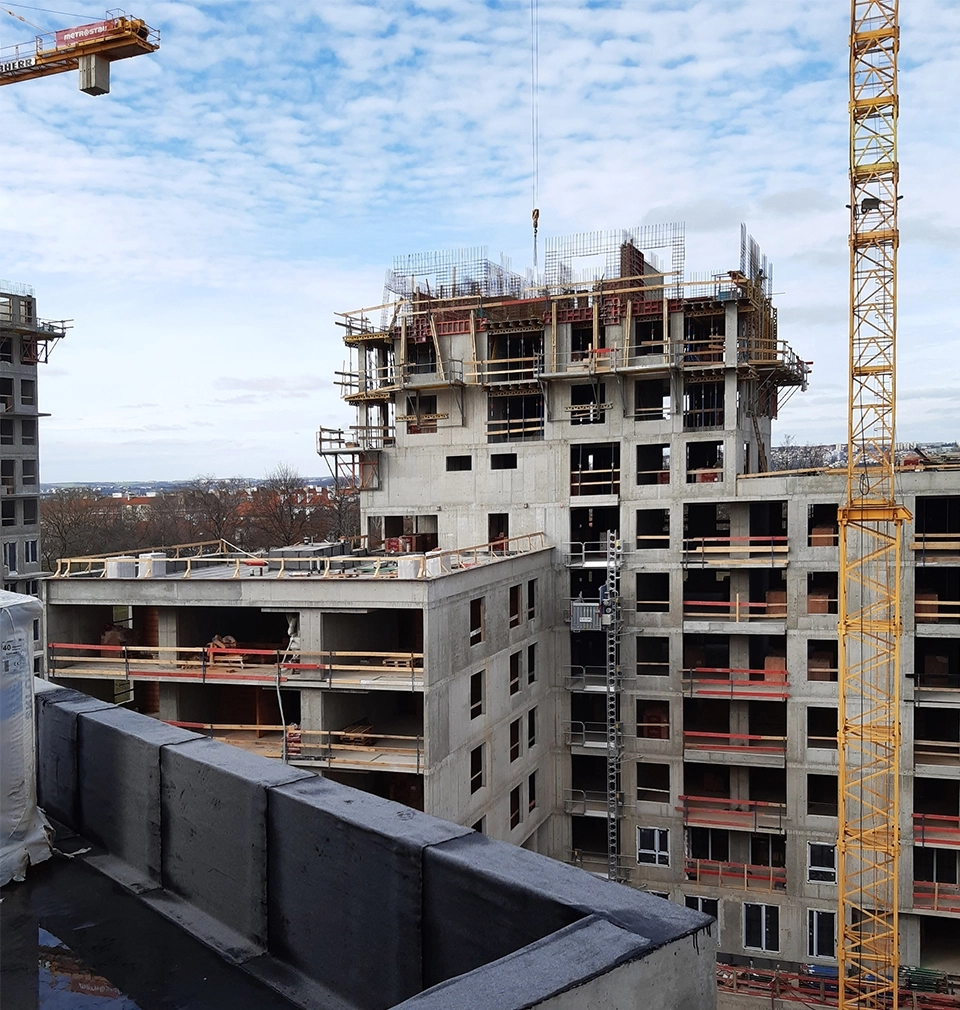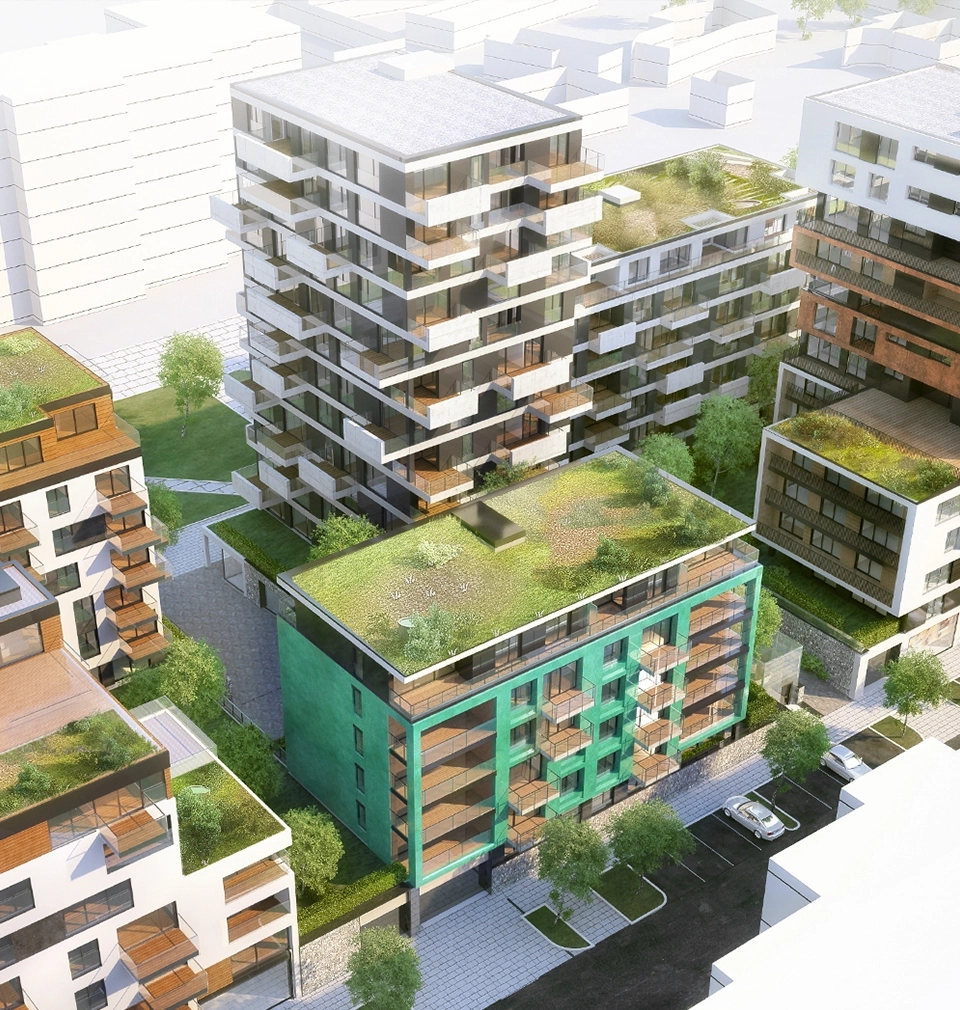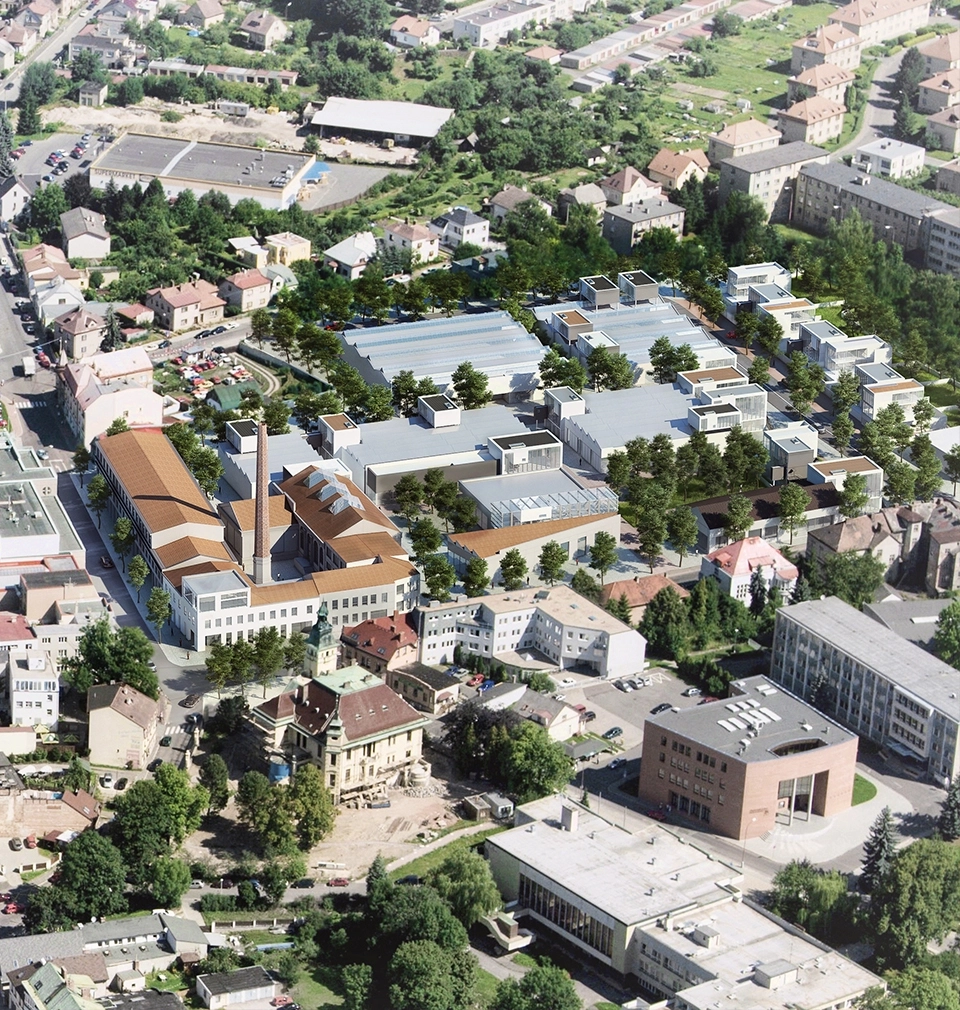This crisis is different than any other. Once it’s over, the world will be different, too. In the context of the real estate market and construction development, past reflexions were slightly optimistic. These reflexions found reasons for optimism in health sector, communication and transport infrastructures and in industry
All evidence indicates not only the fact that this crisis is different than any other. Once it’s over, the world will be different, too. Impacts of the crisis stemming from reluctance to accept responsibility are unprecedented. And no one even pretends to have any resolution plans or see future. In the context of the real estate market and construction development, past reflexions were slightly and in a differentiated manner optimistic. These reflexions found reasons for optimism in health sector, communication and transport infrastructures and in some industry sectors, conditional on proactive economic performance of the public sector.
It is difficult to predict the final balance of the increased demand in some construction sectors and its decline in others. It is especially public sector performance which is the source of uncertainty in addition to economic development in the period of crisis. With respect to opportunities waiting in the field of communication infrastructure, health sector and transformation of some industries, as well as in small and medium-sized enterprise support, public investments may send building production, building and architecture designing and built-up area development to a path of growth in a short time. The motivation is clear: compensation for shortfalls in revenues caused by the quarantine and social support for unemployed are only a “sticking plaster” with no or rather poor effect on economic recovery. The recovery can only be supported through investments - properly directed and well implemented. Past experience with Czech governments, however, gives no reason to be optimistic. None of governments of the Czech Republic has used countercyclical intervention in any past, economically trivial crises or in the periods between them.
There will be solvent investors even in liquidity crisis. Funding developers in the current way will probably make sense only in a limited spectrum of cases. Naturally, there will opportunities in the form of distress sales. And what about “normal” investments in the real estate market? It will be possible to make heavy direct investments especially in industry – and for typical individual investors, there will be even more opportunities to invest in “small industry” mentioned in previous reflections – i.e. in construction of premises and infrastructure for small and medium-sized enterprises in small and medium sized municipalities. It is evident that residential development could be dominated by public investments - health sector, infrastructure, industry. These sectors also offer an opportunity for a private capital: “Public Private Partnership” would help public funding and support financial interventions in favour of economic recovery.
Ill-considered spending may or may not result in higher inflation. Investors will try to protect their cash against inflation and real estate development can be an appropriate “safe harbour”. Falling prices of construction work may also attract investors to property development - in case of slowdown in construction. The same motivation probably lies behind the current discontinuation of construction: developers can withdraw from current contracts with main contractors without any penalties so they most likely count on the fact that in few months' time they will be able to contract the same delivery but ten - twenty or even thirty percent cheaper. On the other hand, it may well happen that construction will not resume right away...
The positive aspect of any indifferent or improperly structured contribution of public resources to economy recovery (by residential development among other things) could probably be a chance to transform the sector of building industry as well as building drafting and design. In all three cases, the processes of these sectors and, in case of building industry, technologies as well are unbearably outdated. In last fifty years, labour productivity of industries have increased by 300% on average, productivity of agricultural production has increased by 700% and in building industry it has remained unchanged. This disproportion, backwardness of building industry and technology of building drafting and designing are rooted in industrialization. In 18th and 19th centuries, industrialization overcame (medieval) regulation of production and distribution by economic competition first in Great Britain and then worldwide. In its nature, building industry is custom manufacturing - it competes for the market through its budgets not final products. Even in architectural and design competitions, it is more or less an image and promise of its implementation which is never perfectly apt, not final products and their benefits that compete. Moreover, regulation persists and in recent years, it has been more and more applied in architectural competitions, especially by limiting the possibilities to participate in competitions and gain knowledge on real customer needs and expectations. For now, the building industry, building and architectural designing have missed the point of industrialization to a significant extent.
The general public is aware that computers and their software are used to design buildings especially thanks to realistic photo images of unbuilt buildings. Yes, current designers and architects have an efficient tool available, although this tool is for presentation of the designed process or structural work results, not for the processes as such. Awareness of BIM abbreviation for Building Information Management is increasing. BIM software technologies are based on 3D visualization of designed constructions and attaching database information to their respective entities: information on its load-bearing capacity as well as thermal and technical properties is attached to the virtual wall; information on particular products making up the pipeline is attached to the virtual pipeline. Benefits of this technology include better spatial coordination of respective structural elements, better idea of spatial arrangement of the building and its parts, eliminating errors that could be overlooked in preparation of bulk and quality descriptions of the building. Despite this technological tool, the gist of the work of the architect or designer has not changed since its very beginning: a design that exists in their thoughts is transformed into the agreed and standardized descriptions - ground plan drawings, sections, views, exploded views, extracts of component, check calculations of load-bearing capacities or thermal loss of the building, budgets - in order the design can be approved by the building owner and the building built by the developer in accordance with these documents. In the past, drawings were manually drawn by the architect or sketches were drawn and used by designers to prepare final drawing – when I was a student at the Czech Technical University even perspectives were designed by hand. Today, they are drawn or redrawn by the “computer”. In terms of designing process, it makes a difference, but the progress is minor.
Today, it is possible to work directly in the environment of virtual reality and build the architecture “out of thin air”. However, such work is awkward and “reverse transfer” into the approved documentation is missing in particular. It is and, for a long time, it will be impossible to contract and construct the building without such documentation. Should the slowdown in architecture and building designing caused by the current crisis have any positive effect, it could be completion of the development in architecture designing in virtual and augmented reality, development of automatic correctness check and check of feasibility of the designed structural elements and parts of the building - from the load-bearing capacity through energy parameters to checking the level of daylighting in rooms; and transfer of the designed structure in the approved documentation - designs, budgets and specifications. It remains unclear, however, who would fund such development: architects and designers have not enough money and the public sector is unable to supervise its contribution and thus allocate resources.
Series of articles by Michal Šourek:
Photos and visualizations:
Revitalization of the Perla 01 area in Ústí nad Orlicí


